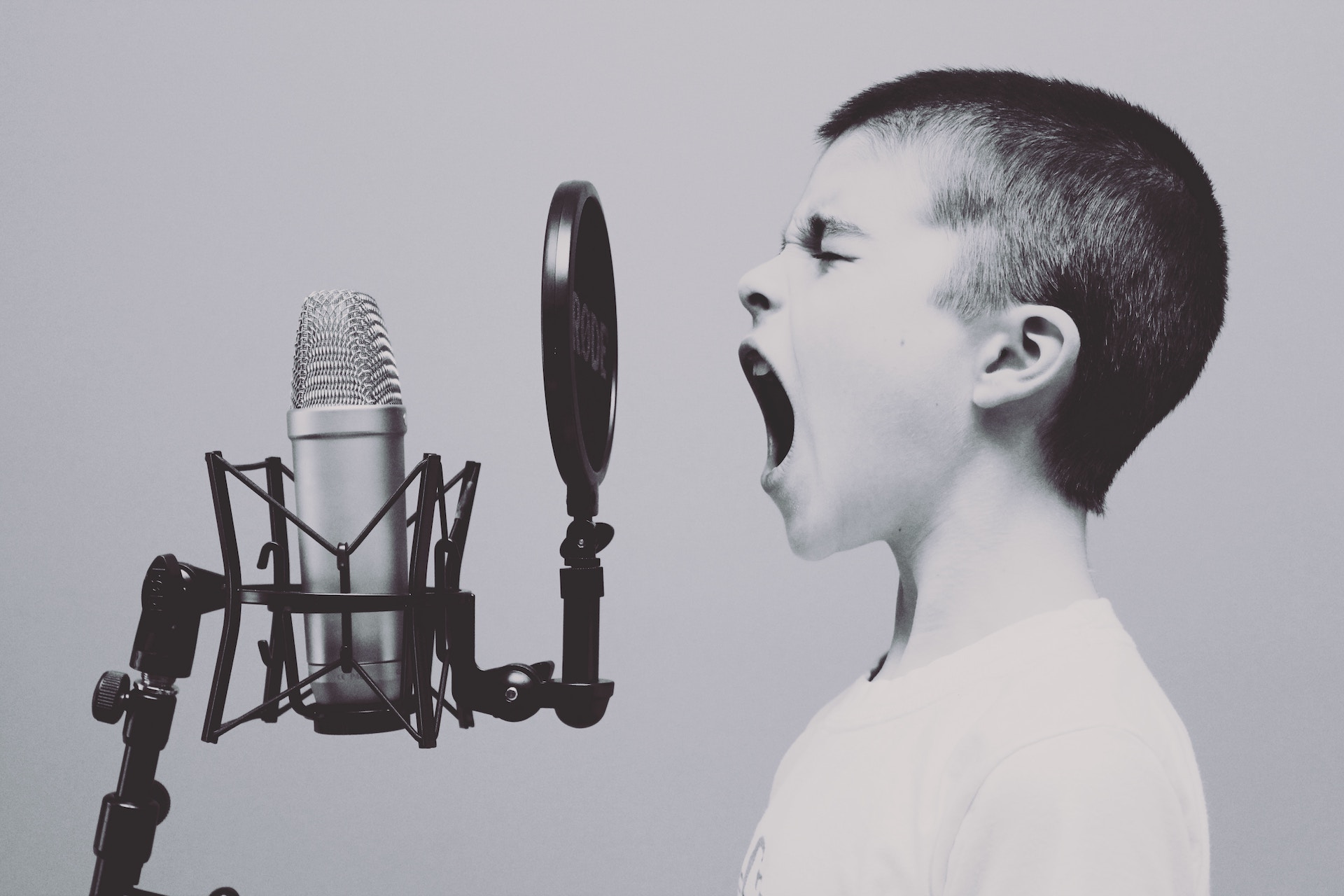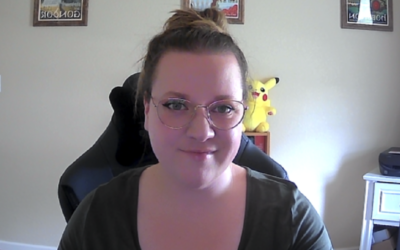We remember it like it was yesterday: two decades ago, marketing automation (MA) was the new kid on the block — the one everyone wanted to play with…
From the outset, marketers were chomping at the bit to test the magic of MA; they wanted drip campaigns, segmentation, and more. The possibilities were seemingly endless at the time, and the intern no longer had to wake up early to send out emails to your audience across three time zones. Back to keeping coffee fresh, intern.

In the beginning, there was marketing automation
The advent of MA meant marketers finally had the tools they needed to stitch together customer journeys. With the wealth of data available, marketers were more empowered than ever to understand what messages would resonate best with the intended audience and when to send emails for the best response.
A few years later, online commerce blew up and MA helped marketers manage omnichannel campaigns and increase purchases by sending those pesky — yet extremely effective — cart abandonment emails.
Fast-forward to the mid-2010s. MA allowed businesses to customize client interactions through personalized emails and landing pages. Advanced segmentation and lead scoring made it happen, triggered by tracking codes on any digital property a prospect dared to touch.
In a relatively short timeframe, MA has changed the game for marketing operations and demand generation. The tools available have enabled us to do more with less, all while driving revenue and proving our indispensable value to the company’s bottom line. Not all heroes wear capes.
Even as MA platforms continue to improve, some cool, newer kids on the block are nipping at their heels, scooting them ever closer to obsolescence. We’d like to introduce you to IoT and AI.
IoT + voice tech: improving lives (and providing SNL fodder) through digital devices since 2015
Unless you’ve been living under a rock, working solely on old-school Epsilon MA platforms for the past few years, then you’re likely well-versed in many of the IoT applications and devices our friends at Amazon, Google, Apple, and others have created.
If you woke up this morning to a perfect home temperature, percolating coffee, and a full rundown of the day’s events to come, you can thank IoT and AI for starting your day off right.
The accessibility of IoT and AI means that if you can dream of an automated action, someone can build it. Developers around the world drool over these new technologies, one-upping each other with new and exciting ways to put AI to use for our benefit:
A developer dad used IoT to help potty train his son. All it took was an Amazon Dash button, configured on Amazon AWS with Lambda functions and integrated with Twilio. This creative dad was notified every time his kid was ready to go to the bathroom. Junior simply pressed a custom poop button and the technology did the rest to notify him of his son’s latest accomplishment. #dadforthewin
The great intersection of AI, IoT, and marketing in the 2020s and beyond
IoT and voice-powered AI devices are here and, unlike avocado-toast-loving millennials, they can afford to put down roots. By 2026, IoT is estimated to be an $82.32 billion market, and tech companies and retailers are lining up to get in on the action.
The growing popularity of these technologies has marketers scrambling for ways to maximize their efforts and push their products and services in new and different ways. Voice search, in particular, has become the hottest topic for digital marketers to master. In the few years since Alexa-enabled devices hit the market, we’ve already seen an average of one billion voice searches every month. That number will continue to climb — in 2020, half of all online searches will be made through voice search.
SEO for voice and regular web searches are currently viewed similarly by Google’s algorithms, but that could change as voice expands in the next few years. In the meantime, marketers who want to conquer voice search SEO should focus on localized, long-tail keywords to improve their search rankings. Take a look at this traditional web search vs its voice search equivalent:
- Web search: top IoT marketing agency
- Voice search: what digital agencies near me can develop for IoT experiences?
The main differentiation above is that users ask more detailed, location-based questions with voice searches. Keep this in mind as you tune up your websites and content for voice search, focusing on long-tail keywords that emulate the way your audience would ask their search.
Our take on all this
As these technologies advance and usage becomes more widespread, we expect that marketing, IoT, and AI will become further integrated, changing the way we interact with consumers forever.
We don’t like standing on the sidelines waiting to see what happens, so while you were reading this, our team of experimental and ambitious developers has been hard at work, creating our very own IoT button. With the simple press of a button, we can collect interaction data and send recipients down the pleasant path of a relevant, automated drip campaign.

Stay tuned to learn more about the Look Listen IoT button (as you could be getting one any day now). Whether the button is delivered by drone or driverless car is currently up for debate, but we’ll save those topics for another post.
Photo by Jason Rosewell on Unsplash





